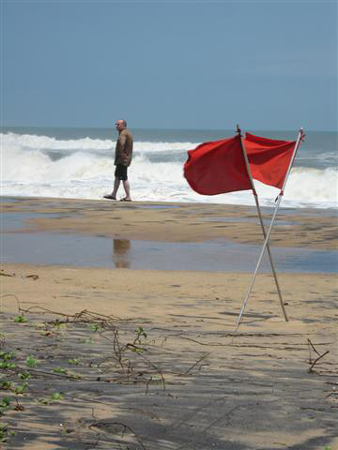Tootootje is a comic strip concerning a car with a human nature.
Tootootje lives in a 2-d world, this world exists of three exact squares (the panels), where the adventures take place.
Tootootje experiences much trouble from its surroundings (hills, trees, traffic signs), of its miniature clone (appropriately indicated with "the small one") or the panels themselves, which play a completely different role than in traditional comics.

Tootootje has been created as from 1973 by Hans Konings and Wiel Seuskens.
Tootootje lives in a 2-d world, this world exists of three exact squares (the panels), where the adventures take place.
Tootootje experiences much trouble from its surroundings (hills, trees, traffic signs), of its miniature clone (appropriately indicated with "the small one") or the panels themselves, which play a completely different role than in traditional comics.

Tootootje has been created as from 1973 by Hans Konings and Wiel Seuskens.
People could jump on a trampoline and if they reached a curtain height, a melody was played, lights started flashing and a picture was taken.
The pictures should be send to a system that guys of the VPRO started to develop, now called MMBase, and of course this didn't work (boy, was I pissed).
So we made our own presentation on the web.

This was produced by Tv3000 as part of the VPRO-digitaal stand on the Lowlands festival.
I programmed it in C on a Silicon Graphics machine.
The detection was done with an ordinary infrared motion detector. Rob Linders of ArtiVisuals made the hardware interface.
We had a lot of help from students of the HKU, faculty KMT.
P.A.R.K. saved some video recordings, here are two fragments (click on the pictures to play):


The pictures should be send to a system that guys of the VPRO started to develop, now called MMBase, and of course this didn't work (boy, was I pissed).
So we made our own presentation on the web.

This was produced by Tv3000 as part of the VPRO-digitaal stand on the Lowlands festival.
I programmed it in C on a Silicon Graphics machine.
The detection was done with an ordinary infrared motion detector. Rob Linders of ArtiVisuals made the hardware interface.
We had a lot of help from students of the HKU, faculty KMT.
P.A.R.K. saved some video recordings, here are two fragments (click on the pictures to play):


Back








 Archives
Archives




